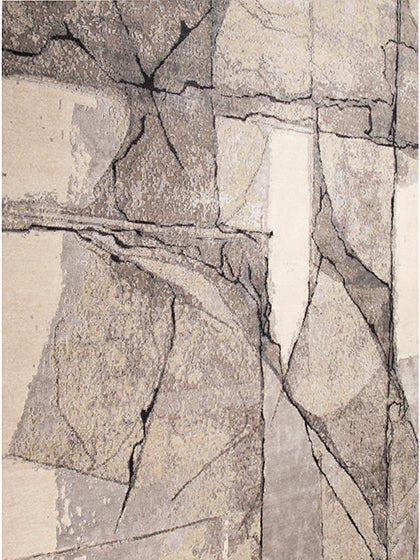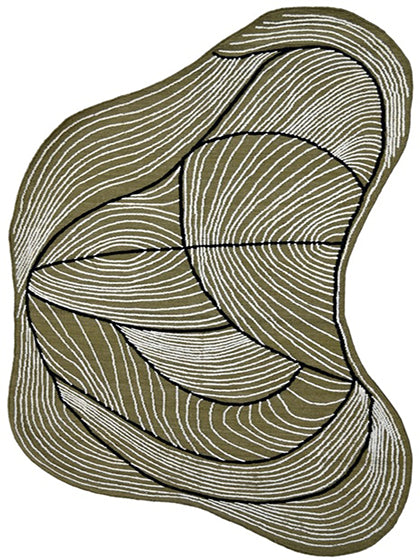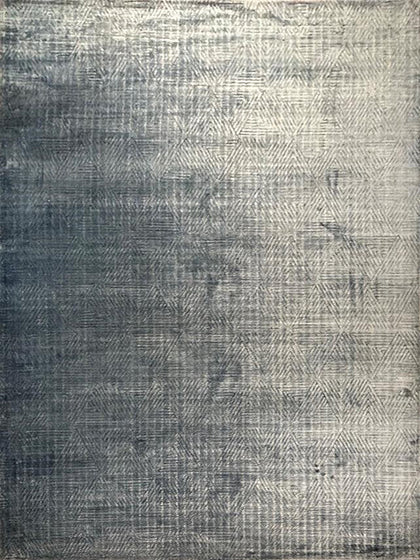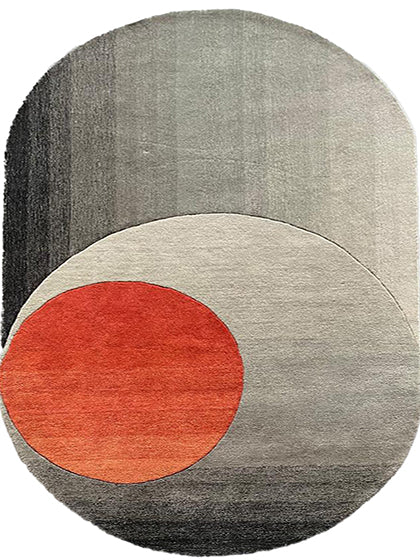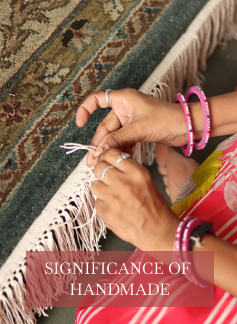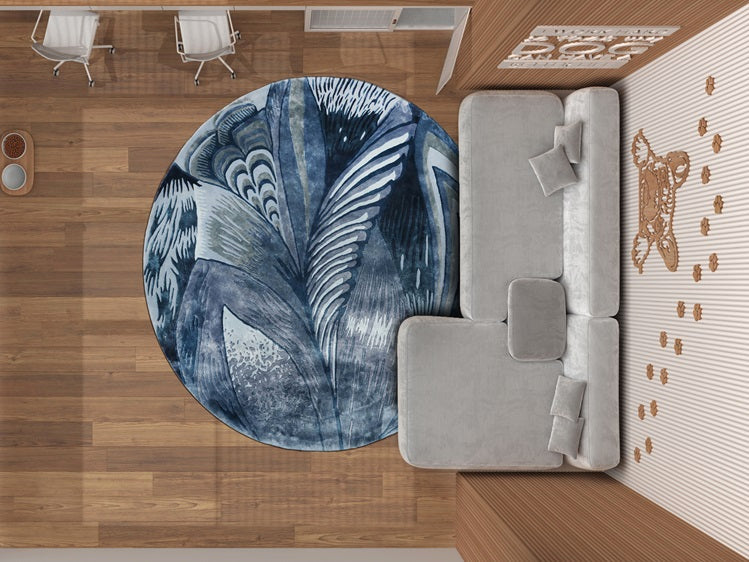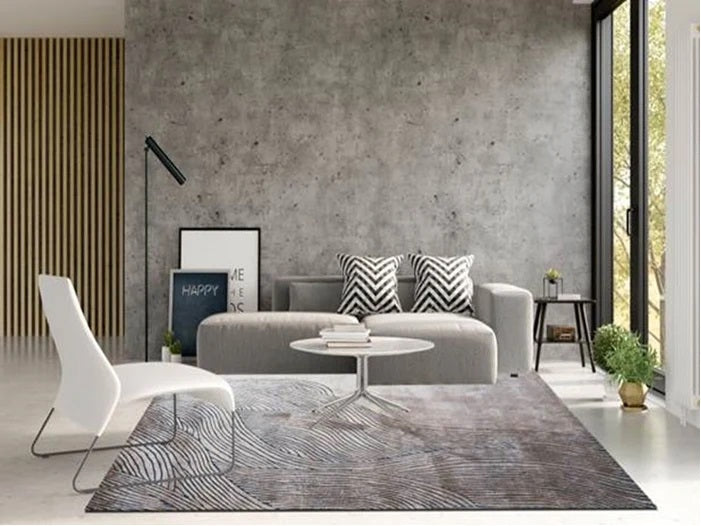When you think of a space that feels warm, inviting, and rich with history, the image of an exquisite Oriental rug often comes to mind. These stunning pieces of art have been gracing homes, palaces, and galleries around the world for centuries, captivating us with their intricate patterns, vibrant colors, and exceptional craftsmanship. But what exactly makes an Oriental rug so special, and how does it continue to influence modern interior design? Let’s take a closer look at these timeless treasures and explore the artistry behind them.
What Are Oriental Rugs?
The term "Oriental rug" refers to handwoven carpets and rugs originating from the East, particularly from regions like the Middle East, Central Asia, the Caucasus, and parts of China and India. These rugs are not merely floor coverings; they are woven artworks with deep cultural, historical, and artistic significance. The patterns, materials, and weaving techniques are steeped in the traditions of the regions they come from, making each rug unique in its design and storytelling.
The Craftsmanship Behind Oriental Rugs
The creation of an Oriental rug is a labor of love and an exercise in patience. Skilled artisans spend weeks, months, or even years crafting these masterpieces by hand. Traditional techniques are passed down through generations, ensuring the preservation of time-honored methods.
1. The Materials: Most Oriental rugs are made from natural fibers like wool and silk. Wool is the most common material, prized for its durability, softness, and ability to hold vibrant colors. Silk, while rarer, is often used to create luxury rugs that have a unique sheen and texture. The quality of the material used is crucial, as it directly affects the rug’s longevity and visual appeal.
2. The Weaving Technique: The weaving process itself is intricate. The knots, known as "Persian knots" or "Turkish knots," are tied one at a time, and the density of the knots can vary, with more knots leading to a finer, more detailed rug. The number of knots per square inch (KPSI) is one of the key indicators of a rug’s quality. High KPSI rugs tend to be more expensive but are also more durable and visually detailed.
3. The Dyeing Process: The dyes used in Oriental rugs are typically derived from natural sources like plants, insects, and minerals. Artisans blend these natural pigments to create vibrant, lasting colors. Traditional rug makers take great pride in their dyeing techniques, which can result in stunning color gradients and complex patterns that stand the test of time.
The Role of Design in Oriental Rugs
The designs of Oriental rugs often reflect the culture, beliefs, and environment of the regions where they were created. From intricate floral motifs to geometric patterns and symbolic images, each design element carries meaning. Common themes include:
-
Floral Patterns: Representing nature, growth, and renewal.
-
Geometric Shapes: Conveying symmetry and balance.
-
Animal Motifs: Reflecting local wildlife or spiritual beliefs.
A key point to note is that Oriental rugs are often not just decorative pieces but are imbued with cultural narratives and symbolism. This is where modern brands like Carpet Couture by Rashi stand out, blending age-old traditions with contemporary design aesthetics. Carpet Couture creates stunning rugs that merge the ancient craft of rug weaving with fresh, bold styles that cater to modern interiors, offering something for both traditional and contemporary spaces.
The Appeal of Oriental Rugs in Modern Interiors
Although Oriental rugs have ancient origins, their appeal is far from outdated. In fact, their popularity has seen a resurgence in recent years, especially in modern interiors. But why do these rugs continue to captivate us?
1. Rich History and Tradition: Owning an Oriental rug is like having a piece of history in your home. These rugs are often passed down through generations and carry stories from the distant past. The rich traditions they embody add depth and character to any space.
2. Versatility and Timelessness: No matter your interior style—whether it’s contemporary, minimalist, bohemian, or traditional—an Oriental rug can fit seamlessly into the décor. The mix of colors, textures, and patterns works well in various settings, from cozy living rooms to elegant dining areas and even chic modern offices.
3. Sustainability: Because they are made from natural materials and crafted by hand, Oriental rugs are inherently sustainable. Unlike mass-produced carpets, these rugs are built to last, making them an eco-friendly choice that can be passed down for generations.
4. Investment Value: Unlike typical home décor items that depreciate over time, authentic Oriental rugs often increase in value. A high-quality rug can become a cherished family heirloom, and if well-maintained, it can appreciate in worth.
Carpet Couture by Rashi: A Contemporary Take on Oriental Rugs
If you're looking to bring the luxury and tradition of Oriental rugs into your home with a modern twist, Carpet Couture by Rashi offers a stunning collection that marries rich heritage with innovative design. Each rug is an intricate blend of the ancient art of rug weaving and contemporary sensibilities. Whether you’re drawn to vibrant hues, traditional motifs, or sleek minimalist designs, Carpet Couture by Rashi’s rugs make a bold statement in any room.
Their rugs are crafted from the finest materials, using traditional techniques that ensure both beauty and durability. Carpet Couture by Rashi’s dedication to quality and style is evident in every piece they create, offering a luxurious addition to any home.
How to Care for Your Oriental Rug
While Oriental rugs are built to last, proper care is essential to preserving their beauty for generations to come. Here are a few tips to keep your rug in top shape:
-
Regular Vacuuming: Gently vacuum your rug to remove dust and dirt. Avoid using a vacuum with a rotating beater bar, as it can damage the fibers.
-
Avoid Direct Sunlight: Prolonged exposure to sunlight can cause the colors to fade. Consider rotating your rug periodically to ensure even wear.
-
Professional Cleaning: Have your rug professionally cleaned every few years to maintain its appearance and prevent damage.
-
Prevent Damage from Furniture: Use rug pads to prevent the rug from slipping and to reduce wear from heavy furniture.
Conclusion
Oriental rugs are far more than just decorative pieces—they are timeless works of art that tell stories of tradition, craftsmanship, and culture. Whether you’re drawn to the intricate designs, the history behind the craft, or the luxurious feel underfoot, these rugs continue to enrich spaces worldwide. With brands like Carpet Couture by Rashi, you can bring the essence of Oriental rug artistry into your home, blending the past with the present for a truly unique and stylish living space. So, the next time you walk across a beautifully woven Oriental rug, take a moment to appreciate the legacy of craftsmanship that went into its creation—and the beauty it brings to your home.

